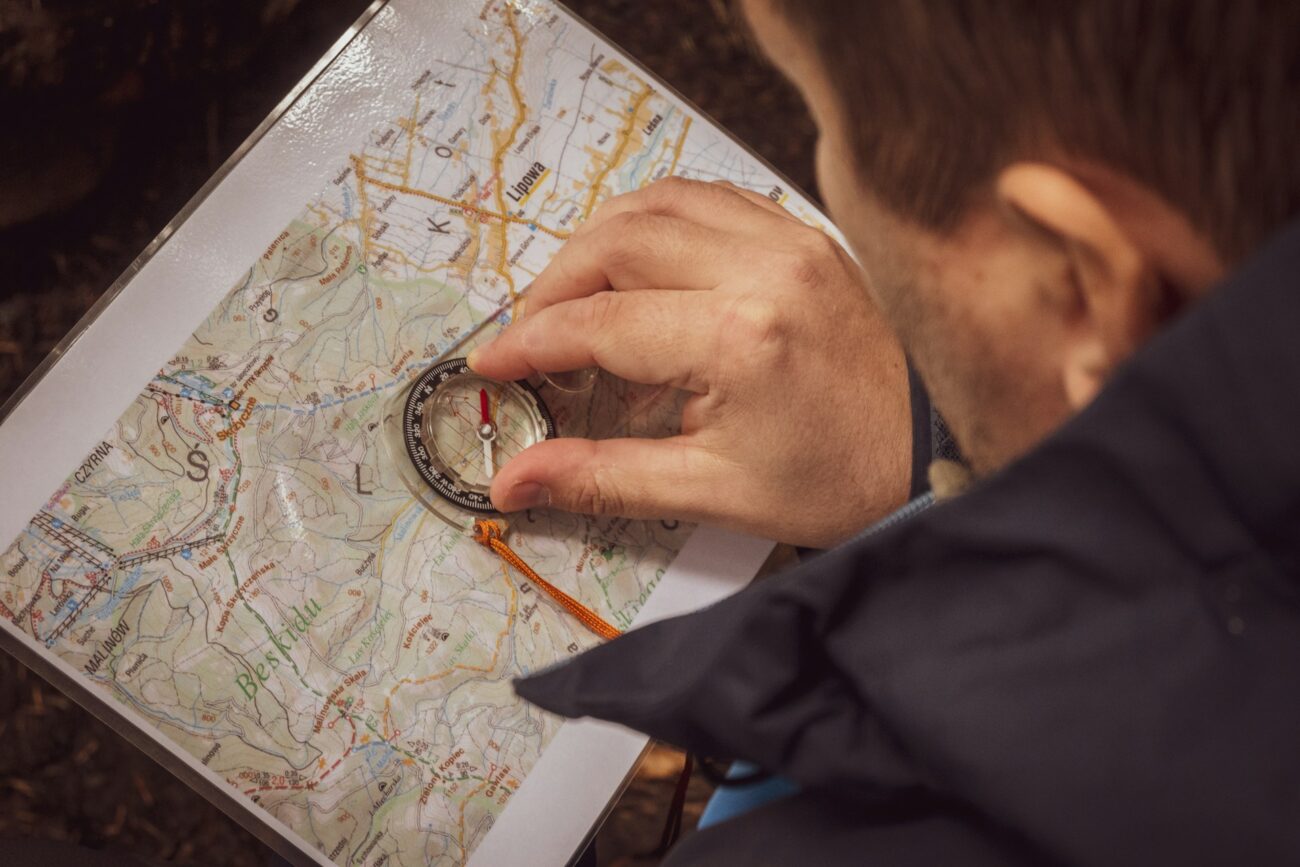The great outdoors offers boundless adventure and connection with nature, but it also presents unique challenges and potential dangers. Whether you’re planning a weekend camping trip or a month-long backpacking expedition, having fundamental survival skills can mean the difference between a memorable experience and a life-threatening situation. Even experienced outdoorspeople can find themselves in unexpected predicaments—sudden weather changes, injuries, or simply getting lost can transform a pleasant outing into a survival scenario. By mastering these 15 essential skills, you’ll not only increase your safety margin but also gain the confidence to explore more remote and wild places. These abilities represent the foundation of outdoor self-reliance, drawing from generations of wilderness wisdom and modern understanding of survival priorities.
Fire Starting Without Matches
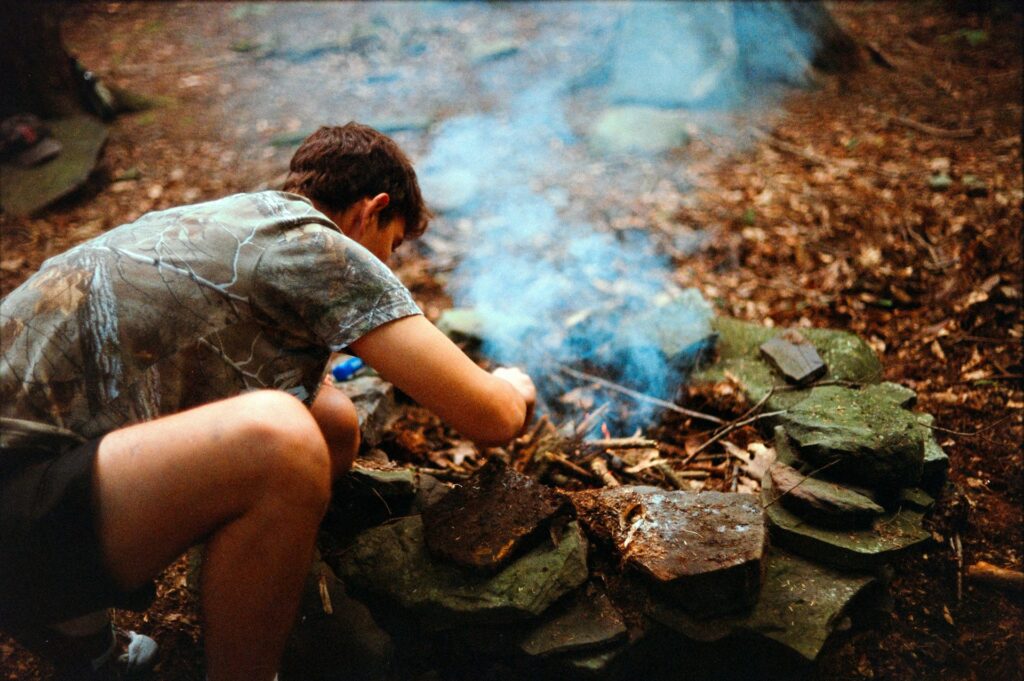
The ability to create fire without modern tools is perhaps the most fundamental survival skill, providing warmth, light, cooking capability, and psychological comfort. Beyond matches and lighters, every outdoor enthusiast should master at least two primitive fire-making methods such as the bow drill, hand drill, fire plow, or flint and steel. The process begins with proper tinder selection—dry grasses, certain tree barks, or even lint from your clothes can create the initial ember. Building a proper fire lay with progressively larger fuel, from pencil-thin kindling to finger-sized sticks and finally larger logs, ensures your hard-won spark becomes a sustainable flame. Remember that fire-starting skills deteriorate without practice, so regularly honing these techniques in controlled environments prepares you for when you truly need them in an emergency.
Finding and Purifying Water
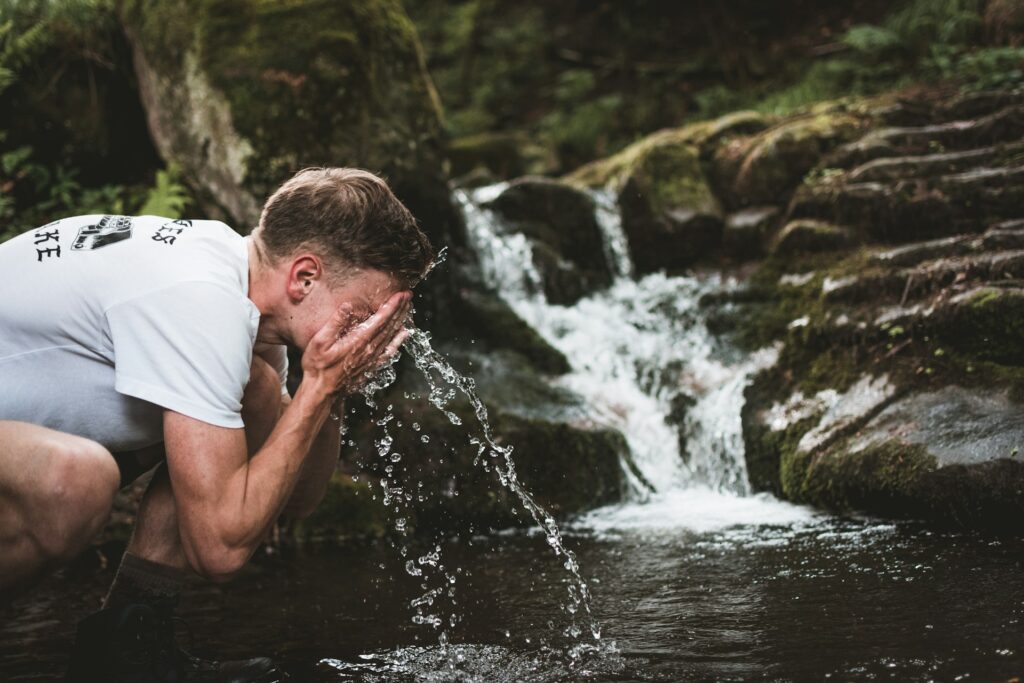
Water is your most urgent survival need, with dehydration capable of incapacitating you within hours in harsh conditions. Learning to locate water involves understanding how landscapes channel and collect it—look for green vegetation, insect swarms, animal trails, and valley bottoms. Once found, water must be purified to prevent waterborne illnesses that could further compromise your situation. Boiling remains the most reliable purification method, requiring a rolling boil for just one minute at sea level and slightly longer at higher elevations. Alternative methods include chemical treatments (iodine or chlorine dioxide tablets), commercial filters, improvised charcoal filters, or solar disinfection using clear plastic bottles and several hours of direct sunlight. In truly desperate situations, a simple solar still can extract moisture from seemingly dry ground, providing a small but crucial water supply.
Building Emergency Shelter
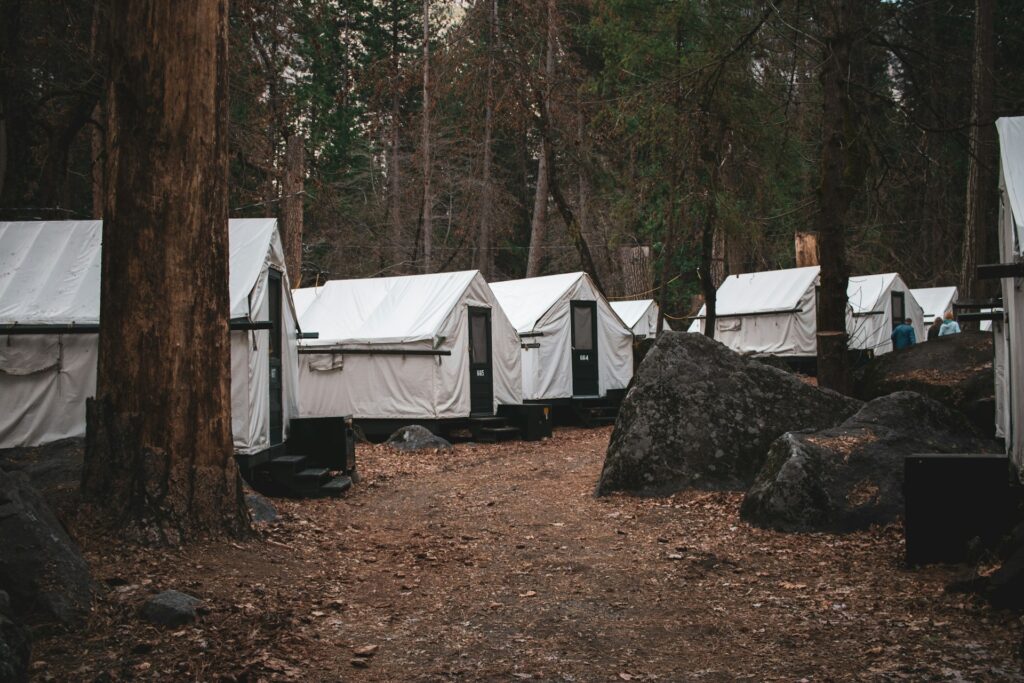
Exposure to extreme weather can be deadly, making shelter construction a critical skill for wilderness survival. The ideal emergency shelter provides insulation from ground moisture, protection from precipitation and wind, and retention of body heat. In forested environments, the debris hut reigns supreme—a small, cocoon-like structure built from a sturdy ridge pole with smaller branches creating a ribbed framework, then covered with layers of leaves, pine needles, or other natural materials to a depth of at least 2-3 feet for proper insulation. Snow shelters like quinzhees or snow caves can actually maintain temperatures near freezing, which feels warm compared to sub-zero external conditions. When caught in open terrain without natural materials, use whatever you have available—tarps, ponchos, space blankets, or even a large garbage bag can provide crucial protection from the elements if properly deployed. Remember that a smaller shelter requires less energy to heat with your body warmth, so resist the urge to build unnecessarily large structures.
Navigation Without Technology
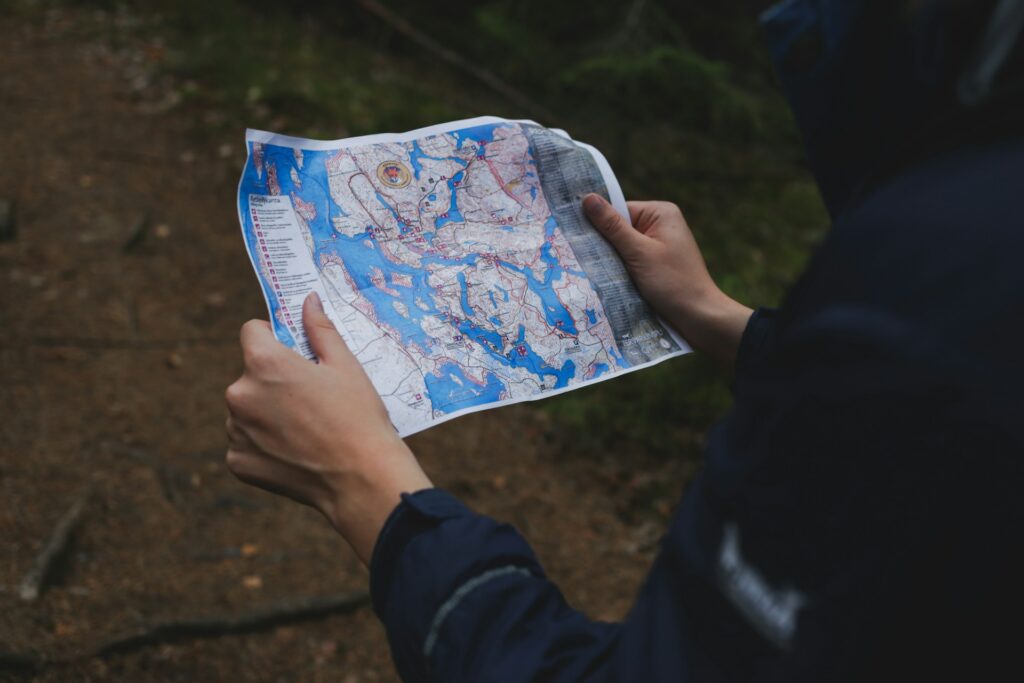
Despite the ubiquity of GPS devices and smartphone navigation, every outdoor explorer should master old-school navigation techniques for when technology fails. Understanding how to use a map and compass effectively starts with learning to orient the map to true north, take accurate bearings, and follow precise headings across varied terrain. Natural navigation methods serve as valuable backups, such as finding the North Star (Polaris) in the northern hemisphere by locating the Big Dipper, or observing that moss often grows more prolifically on the north side of trees and rocks in the northern hemisphere. The position of the sun provides rough directional guidance—rising in the east and setting in the west—while creating a simple shadow stick allows for more precise direction finding. Topographic awareness is equally important, as understanding how to read land features helps maintain orientation and choose efficient travel routes even without formal navigational tools.
Signaling for Rescue
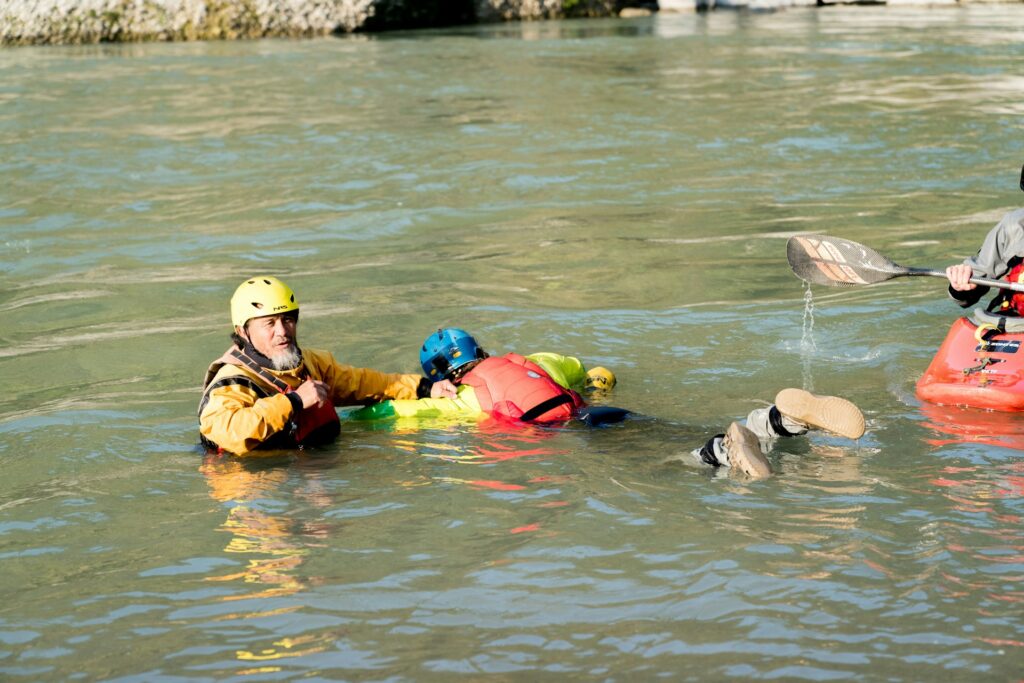
When survival turns to rescue, effective signaling dramatically increases your chances of being found. The internationally recognized distress signal consists of any three repetitive signs—three whistle blasts, three gunshots, three column fires, or three anything that might attract attention. Visual signals that create contrast against the natural environment work best, such as bright-colored tarps or clothing laid in open areas, signal mirrors that can flash sunlight for miles, or smoky fires (add green vegetation to create thick white smoke during daylight hours). Sound signals penetrate forests and fog where visual signals might fail, with a whistle carrying much farther than the human voice while requiring less energy. Ground-to-air signals made from contrasting materials should be large (at least 10 feet across) and constructed in open areas using the internationally recognized symbols, such as “V” for requiring assistance or “X” for medical help needed. At night, any light source becomes magnified, making even a small flashlight visible for surprising distances when darkness envelops the landscape.
Wilderness First Aid
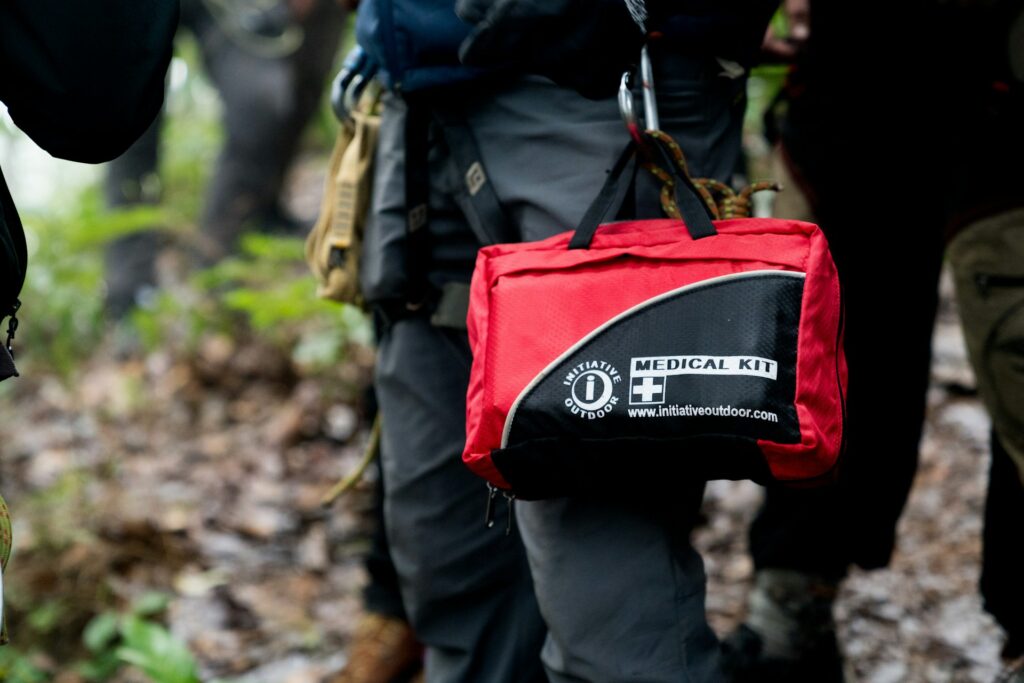
Medical emergencies in remote settings require specialized knowledge beyond basic first aid, as professional help may be hours or days away. Controlling severe bleeding through direct pressure, wound packing, and improvised tourniquets can prevent fatal blood loss within minutes. Recognizing and treating hypothermia (dangerously low body temperature) involves gentle warming, dry clothing, and insulation, while recognizing signs of shock (rapid pulse, confusion, pale skin) requires keeping the victim lying down with legs elevated and conserving body heat. Wilderness first aid often necessitates improvisation—a broken limb might need stabilization with sticks and clothing as splints, while a sprained ankle may require supportive wrapping with available materials. Perhaps most important is preventative health—staying hydrated, protected from the elements, and aware of your surroundings to avoid injury in the first place. A basic understanding of medicinal plants in your region can also provide natural remedies when conventional medical supplies are unavailable or depleted.
Wild Food Identification
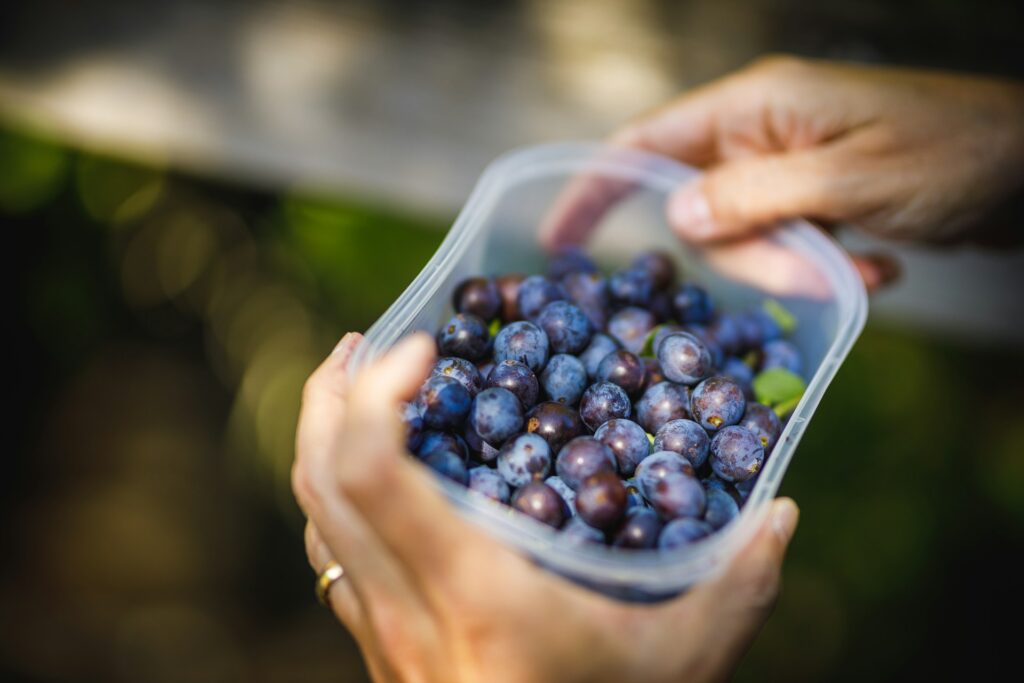
The ability to supplement limited rations with wild edibles provides crucial calories and nutrients during extended survival situations. Safe foraging follows one golden rule: never eat anything unless you are 100% certain of its identification, as many edible plants have toxic look-alikes. Start by learning 5-10 easily identifiable, nutritious plants native to your region, such as dandelion, chickweed, pine (edible inner bark and needles for tea), or blackberries, rather than attempting to memorize hundreds of species. Certain plant parts generally tend to be safer than others—for example, many edible berries grow on bushes (not vines), while white berries are frequently toxic. Animal food sources provide essential protein, with small game, fish, and insects being the most accessible for most survivors; techniques like simple snares, fish traps, or collecting abundant insects like grasshoppers require minimal equipment and energy expenditure relative to their caloric return. Remember that starvation takes weeks, so conserve energy rather than expending excessive calories in pursuit of marginally nutritious foods.
Knot Tying and Rope Skills

Mastering a small repertoire of versatile knots transforms a simple length of cordage into an invaluable survival tool. The bowline creates a secure, non-slipping loop that won’t tighten under load, making it perfect for rescue operations or securing items. The trucker’s hitch provides mechanical advantage for tightening and securing loads, essential for shelter construction or creating tension in survival scenarios. The clove hitch allows quick attachment to poles or trees, while the sheet bend joins two ropes of different diameters securely. Beyond knots, understanding rope care preserves this critical resource—avoiding sharp bends, protecting from prolonged UV exposure, and keeping cordage dry whenever possible extends its useful life. Improvised cordage from natural materials like plant fibers, inner tree bark, or even sinew from animals provides emergency alternatives when manufactured rope isn’t available, though these require significant practice to master before actually needing them in survival situations.
Tracking and Animal Behavior

Understanding the wildlife around you reveals crucial information about your surroundings while helping avoid potentially dangerous encounters. Basic tracking skills start with identifying common animal prints and understanding the differences between canine (dog family), feline (cat family), ungulate (hoofed animals), and other mammal track patterns. Beyond footprints, recognizing other sign like scat, scratches on trees, disturbed vegetation, or feeding areas builds a comprehensive picture of what animals are active in the area. Animal behavior knowledge enhances safety—understanding that most predators avoid humans, recognizing aggressive posturing versus normal movement, and knowing how to respond appropriately to encounters (standing tall and appearing large with black bears versus playing dead with grizzlies, for instance). This awareness also benefits food procurement, as animal tracks often lead to water sources, while certain birds or insects may indicate nearby fruit trees or other food resources that human eyes might initially miss.
Weather Prediction
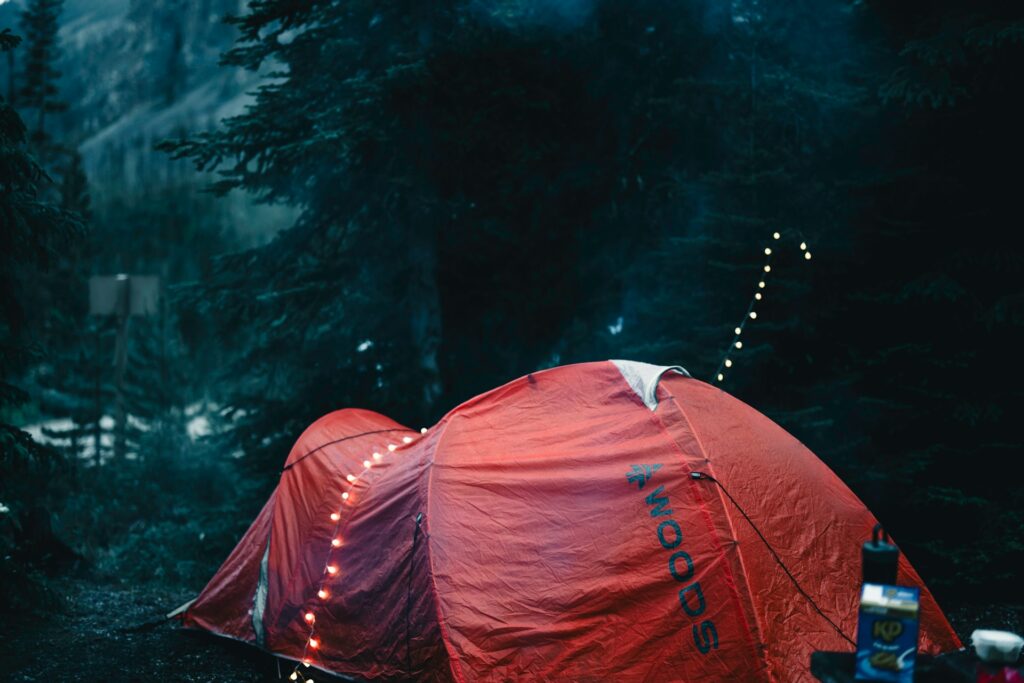
The ability to anticipate weather changes without technology gives you crucial preparation time for approaching storms or temperature shifts. Cloud formations provide reliable short-term forecasts—cirrus clouds (high, wispy “mare’s tails”) often indicate changing weather within 24 hours, while cumulonimbus (tall, anvil-shaped) clouds signal imminent thunderstorms. Barometric pressure changes, even without instruments, can be sensed through certain natural indicators like increased arthritis pain, pine cones opening (indicating fair weather) or closing (suggesting precipitation), or even how far sound travels (further in dense, moist pre-storm air). Wind direction shifts offer valuable clues, particularly when winds change from a southerly to northerly direction in the northern hemisphere, often indicating an approaching cold front with potential precipitation. In coastal environments, birds flying inland frequently telegraph approaching storms, while increased mosquito activity often precedes rain as these insects become more active before precipitation arrives.
Tool Making and Improvisation
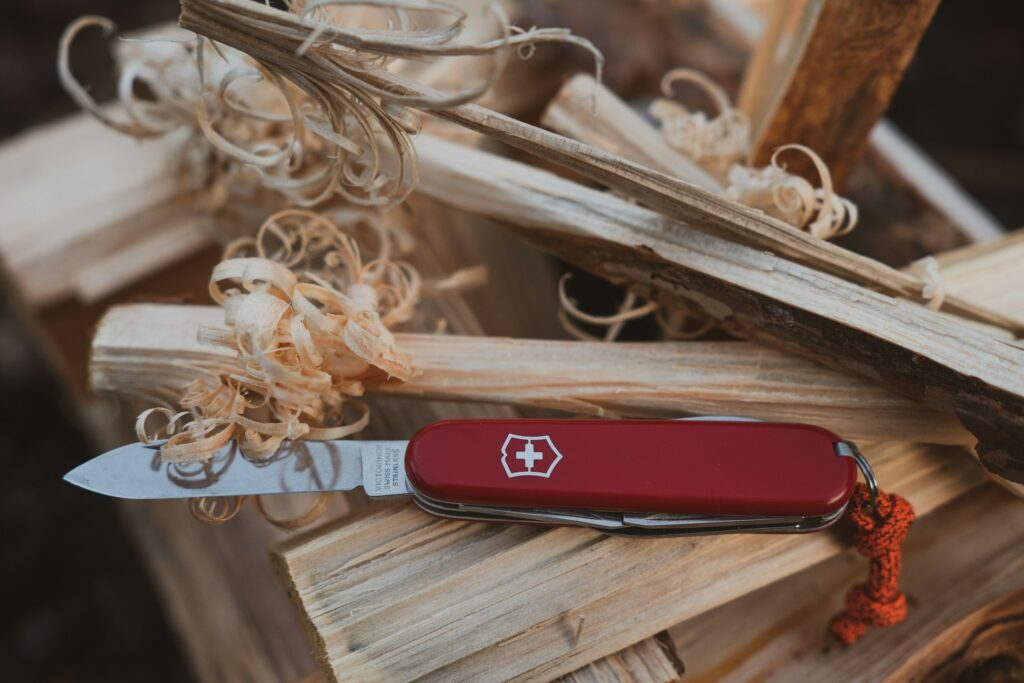
The skill of creating useful tools from available materials represents the essence of human adaptability in survival situations. Crafting cutting edges from stone, glass, or metal provides the foundation for most other tool-making activities, with obsidian or similar materials capable of producing edges sharper than surgical steel when properly knapped. Cordage production from plant fibers (dogbane, yucca, nettle) or inner bark (basswood, cedar) enables countless applications from shelter building to snare setting. Containers for carrying water can be improvised from large leaves folded and pinned with thorns, sections of bamboo, or even waterproofed bark vessels. Simple machines like wedges for splitting wood, digging sticks hardened in fire, or rock hammers secured to handles with wet rawhide that shrinks tight upon drying demonstrate how basic physics principles can be applied to survival needs. The ability to see beyond an object’s intended purpose to its potential applications might be the most valuable improvisation skill—a simple plastic bag becomes a solar still, water container, emergency poncho, or fishing bobber depending on need.
Wilderness Travel Techniques
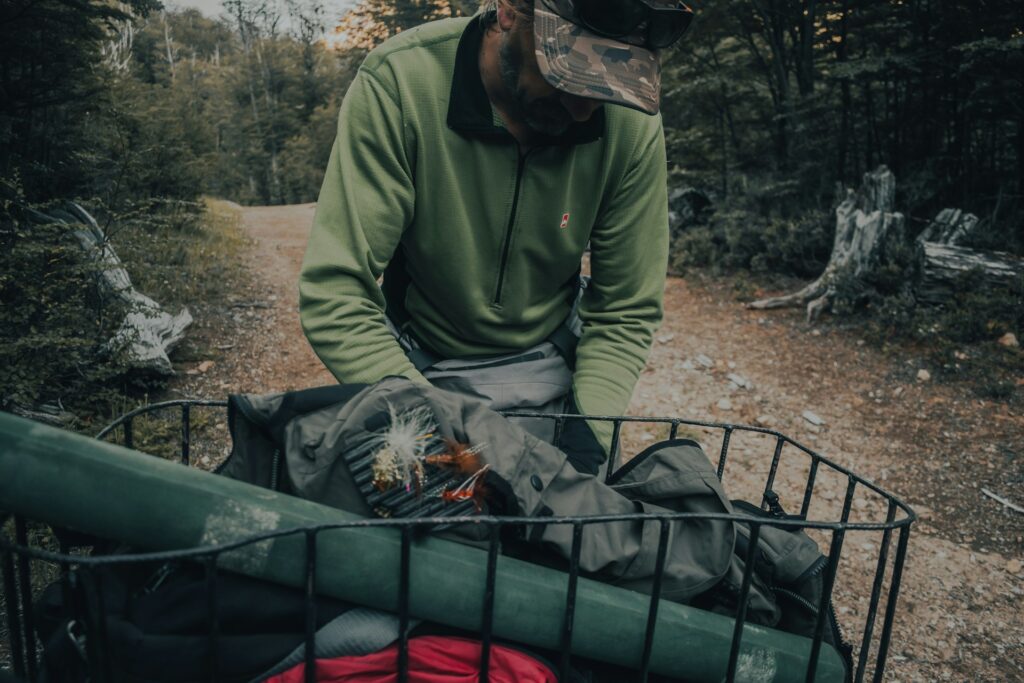
Efficient movement through wild terrain conserves precious energy while reducing injury risk. Mastering the rest step, where you momentarily lock your back leg to transfer weight to your skeleton rather than muscles when ascending steep slopes, allows sustained uphill travel without rapid fatigue. The technique of sidestepping or traversing steep sections reduces strain and improves stability compared to direct ascent or descent. River crossing safety requires careful assessment—looking for wide, shallow sections, unfastening backpack waist belts in case of falls, and using trekking poles or improvised walking sticks for stability while facing upstream and moving diagonally with the current rather than against it. Navigation through different ecosystems requires specialized approaches; dense forests may necessitate compass work and careful observation of landmarks, while open terrain allows for more distant sighting but may expose travelers to harsh weather and sunlight.
Psychological Resilience
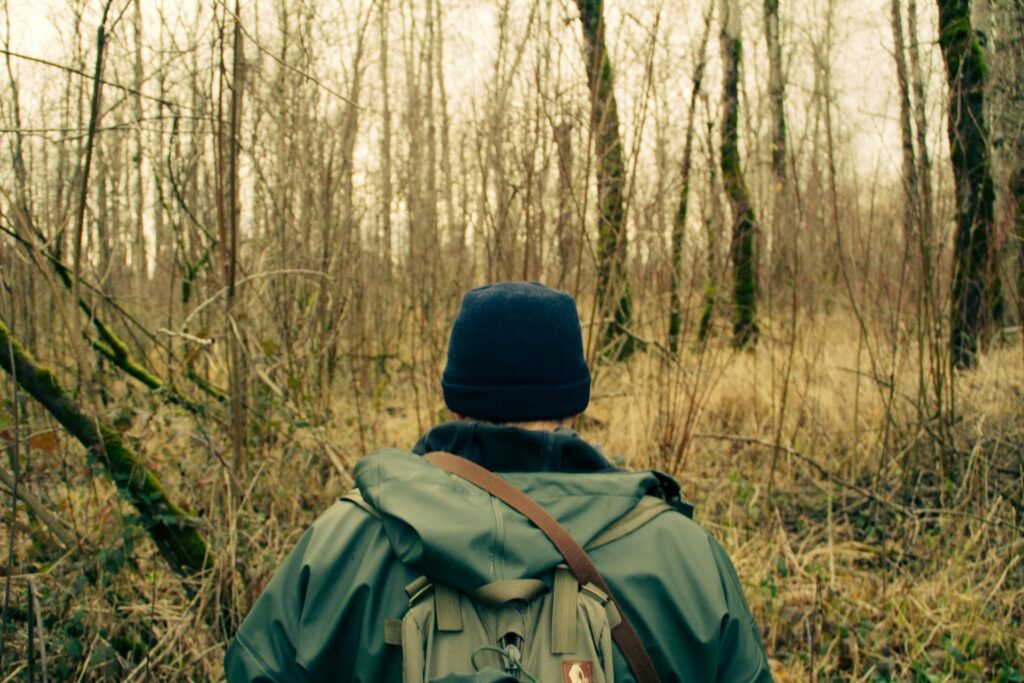
Mental fortitude often determines survival outcomes more definitively than physical skills or equipment. The survival mindset begins with the Rule of Threes—humans can generally survive three minutes without air, three hours without shelter in harsh conditions, three days without water, and three weeks without food—helping prioritize actions during emergencies. Combating panic through controlled breathing (inhaling for four counts, holding for four, exhaling for four) activates the parasympathetic nervous system, enabling clearer thinking when adrenaline floods the body. Maintaining a positive mental attitude involves focusing on small achievable tasks rather than overwhelming circumstances, celebrating minor victories, and visualizing successful outcomes rather than dwelling on fears. Perhaps most important is adaptability—accepting changing conditions rather than wasting energy fighting against immutable realities allows conservation of precious mental and physical resources for challenges that can be meaningfully addressed.
Makeshift Weapons and Hunting Tools

The ability to procure protein in survival situations often requires creating hunting implements from available materials. The humble throwing stick represents perhaps the most accessible hunting tool, with a properly weighted hardwood stick capable of taking small game at surprisingly long distances with practice. Spears fashioned from straightened saplings with fire-hardened tips can be used for both defense and food procurement, while more advanced designs might incorporate found metal objects securely lashed to wooden handles. Slings made from cloth or leather with stones as projectiles become devastating hunting tools once mastered, though they require significant practice to develop accuracy. Primitive traps and snares often prove more energy-efficient than active hunting, with simple designs like the figure-four deadfall or basic noose snare requiring minimal materials while working continuously without human presence. Beyond hunting, these tools provide crucial psychological security when facing potential predators or other threats, even if their primary value remains food procurement.
Seasonal Survival Considerations
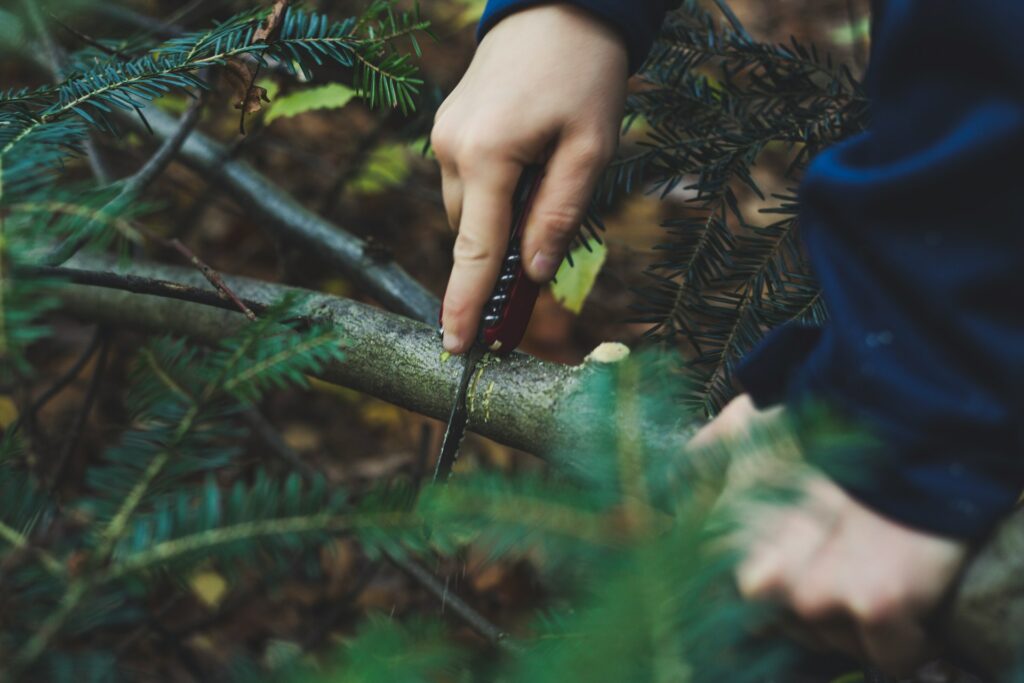
Survival priorities and techniques shift dramatically across seasons, requiring specific knowledge for different environmental conditions. Winter survival focuses on preventing heat loss—creating more substantial shelters, maintaining core temperature through proper layering of clothing, and recognizing that snow can serve as excellent insulation when properly utilized in shelter construction. Summer brings different challenges, particularly heat-related illnesses and dehydration, requiring shade-seeking behavior, limited physical exertion during peak heat hours, and significantly increased water consumption. Spring often presents flooding dangers and unpredictable weather swings, while fall’s decreasing temperatures and shorter daylight hours necessitate earlier camp establishment and greater attention to warmth retention. Understanding seasonal plant and animal patterns also affects food procurement strategies—spring offers tender plant shoots and returning migratory birds, summer provides abundant berries and active wildlife, fall brings nuts and animal harvesting opportunities, while winter requires knowledge of evergreen edibles and dormant animal patterns.
Survival Gear Maintenance and Improvisation
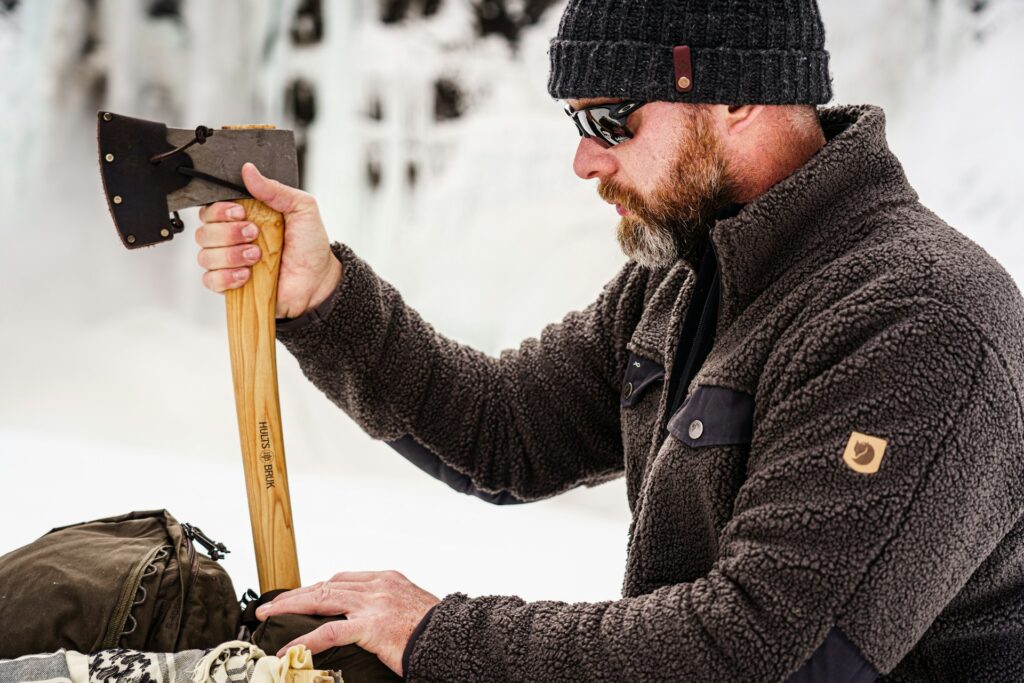
Proper care of limited equipment extends its utility throughout a survival situation while improvisation creates tools from seemingly useless items. Knife maintenance forms the cornerstone of gear care, with regular sharpening using improvised stones and proper cleaning preventing rust and deterioration of this most essential tool. Fire-starting equipment requires weatherproofing—storing matches in waterproof containers, keeping lighters functional by protecting fuel adjustment wheels, and maintaining dry tinder in waterproof packaging. Clothing preservation becomes crucial in extended situations, with proper drying to prevent mildew, patching holes to maintain insulative properties, and keeping abrasive dirt from degrading fabric integrity. When equipment fails, creative repurposing becomes essential—eyeglasses can focus sunlight for fire-making, plastic water bottles become cutting tools or containers when modified, and even seemingly useless items like gum wrappers can serve as electrical conductors or shiny fish lures when other resources are unavailable.
Conclusion

Mastering these 15 survival skills transforms an ordinary outdoor enthusiast into a self-reliant wilderness navigator capable of handling unexpected challenges with confidence. While modern equipment and technology certainly enhance comfort and safety in the backcountry, these fundamental abilities provide the ultimate insurance policy when devices fail, supplies run short, or conditions deteriorate beyond expectations. The journey toward wilderness self-sufficiency never truly ends—even experienced survivalists continue refining and expanding their skills throughout their lifetime. Perhaps most importantly, these abilities connect us to our ancestral heritage, reminding us that humans have successfully navigated wild places for thousands of years before modern conveniences. As you develop these skills, practice them regularly in safe environments before they’re needed in genuine emergencies. The outdoors becomes not just a place to visit, but a welcoming extended home when you possess the knowledge to thrive rather than merely survive within it.

